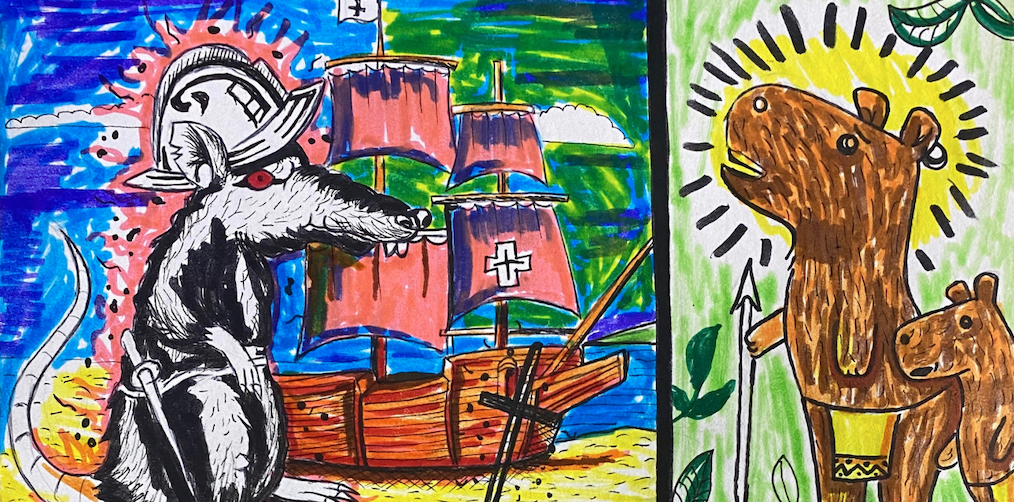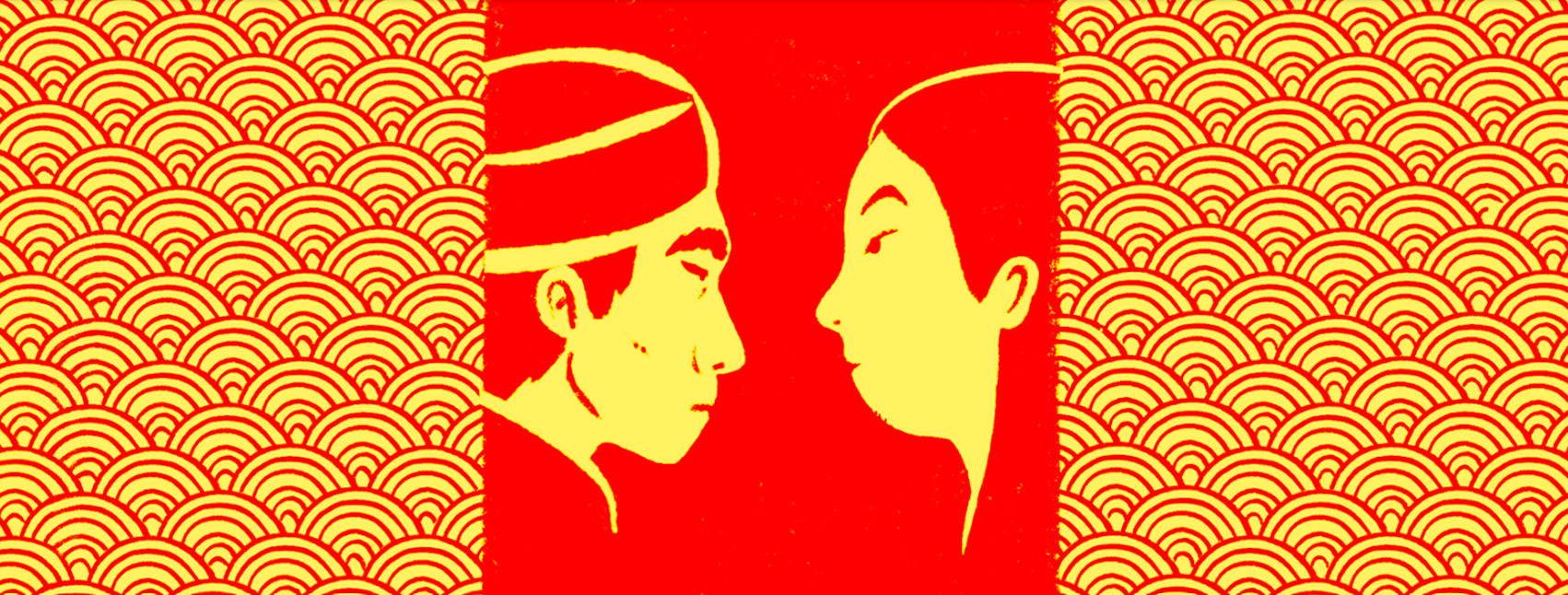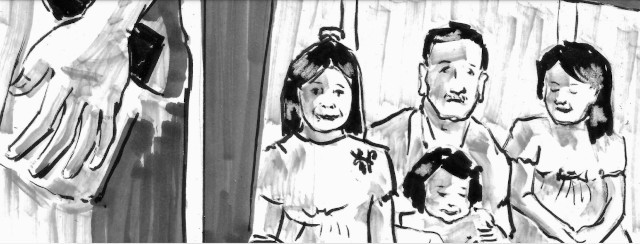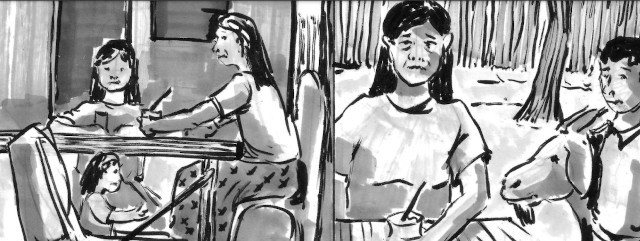Race and modernity
History is not just a description of changing times and eras. It has a “chronopolitics”: i.e. the way temporality (the passage of time and time itself) is represented in texts and images carries political meanings with value judgements about what is good and bad, who is worthy and unworthy, and who deserves to wield power.
Key to the temporality underlying many of the comics and images in the exhibition - especially those published prior to the 1990s - is the idea of progress. From the eighteenth century, in Europe it was common to think about human history in terms of a series of progressions, from an early or “primitive” state of hunting and gathering, through a period of herding animals and a subsequent epoch of settled agriculture, towards an urban society and, ultimately, an industrialised “modernity”, which represented the pinnacle of “civilisation”. The temporal evolution from primitive to modern was thought from that time and into the twentieth century, to relate directly to “races”, with white Europeans being the bearers of civilisation and modernity, while other “races”, defined as inferior, were more “primitive” and even incapable of becoming “modern”. Modernity, then, was not just things that were “present-day”, but rather a whole set of social characteristics, behaviours and values associated with whiteness and European culture.

Race and "progress" in Latin America
In Latin America, elites who built the new nations after Independence were intent on “progress”, i.e. becoming “modern” and “civilised”. They saw their Indigenous and Black populations as backward and barbaric, obstacles to progress because they “belonged to the past”. Mestizo populations could perhaps progress, if they became “whiter”, either through the injection of European “blood” brought by immigrants from Europe (preferably northern Europe, seen as the most “advanced”) or through the acquisition of European habits (of work, discipline, family life, etc.), which might also be imposed on them by, for example, forcibly displacing them from “backward” rural locations.
During the twentieth century, in their search for unique and authentic national identities, elites often glorified their nations’ Indigenous past - especially if they could highlight ancient societies seen as having some “civilised” traits, such as the Incas or the Aztecs - but this perspective, known as indigenismo, linked Indigenous people irrevocably to the past. Present-day Indigenous peoples were seen as in need of protection, but only to guide them towards assimilation into “modern” society, which meant becoming mestizos. In contrast, elites very rarely glorified the African heritage of their nations because Africa was seen as very “primitive”. However, for this very reason, African-derived music and other cultural forms might be seen as attractive and become incorporated into a popular cultural canon defined as national - for example, in Brazil, Cuba and Colombia.
In general, then, Indigenous and African-descent peoples were seen as linked to the past and in some cases, as in Argentina, even seen (erroneously) as on the verge of extinction, physically and culturally. But Indigenous and Black people have long asserted their place as a legitimate part of present-day nations. The political reforms from the 1990s onwards generated an official multiculturalism that accorded them a semblance of such a place. Nevertheless, ideas about time and progress are deeply embedded and difficult to shift.




